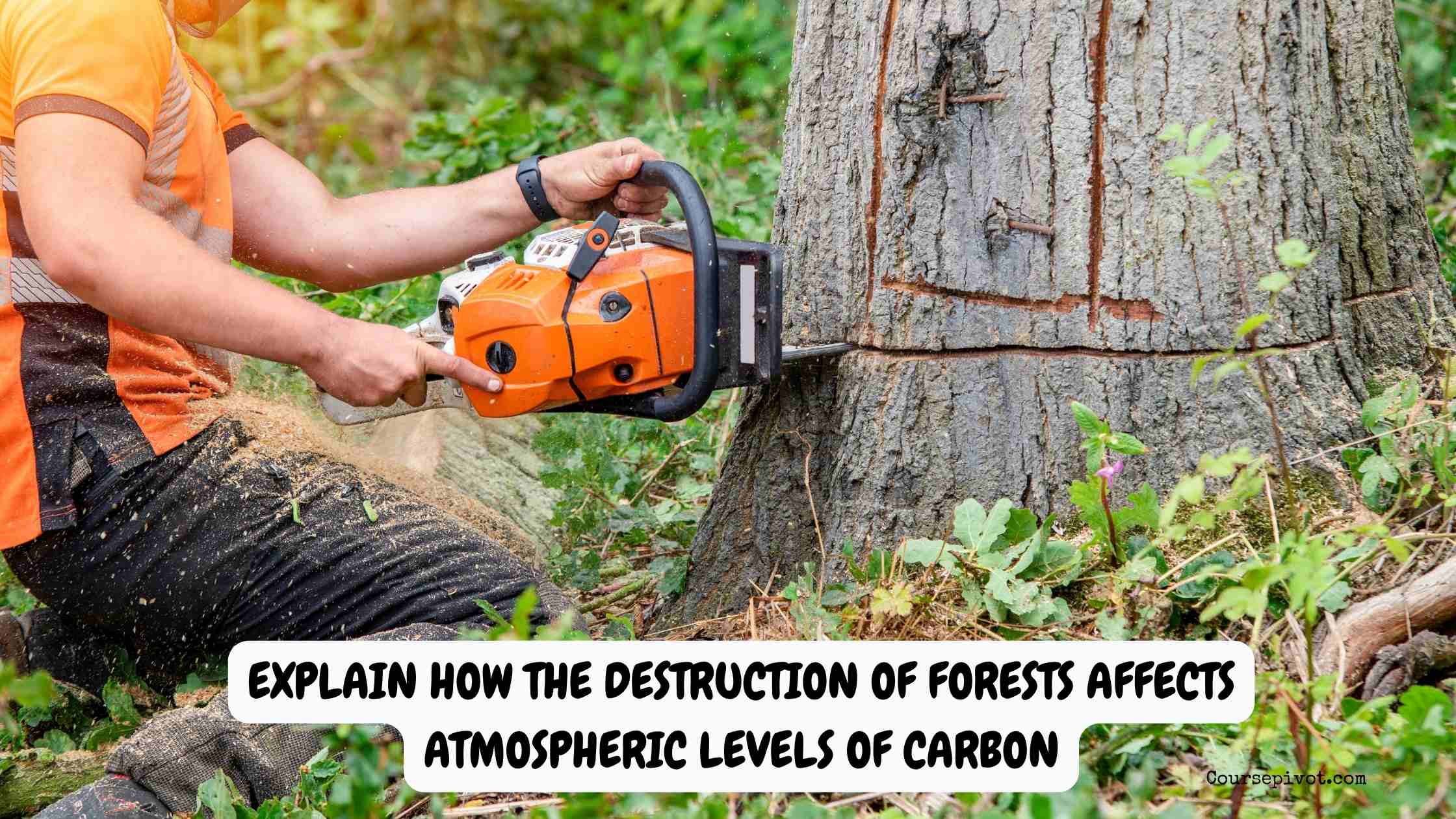
How the Destruction of Forests Affects Atmospheric Levels of Carbon
Forests are vital to our planet’s health, yet their destruction is a growing crisis. I’ve walked through areas where lush woods once stood, now bare, and felt the loss deeply. Understanding how the destruction of forests affects atmospheric levels of carbon reveals the urgent need to protect these ecosystems. In this article, I’ll explore five key ways deforestation impacts carbon levels, drawn from my own research and observations. These insights highlight the stakes for our climate. Let’s dive into how forest destruction alters atmospheric carbon.
Table of Contents
Ever wondered why cutting down trees matters for the air we breathe? It’s more than just losing greenery—it changes our atmosphere. Ready to uncover five ways deforestation drives up carbon levels?
The loss of forests is a silent threat to our planet. I’ve seen the scars left by logging and fires, and it’s alarming. Let’s explore why forest destruction affects atmospheric carbon so profoundly.
1. Reduced Carbon Absorption
Forests act as carbon sinks, soaking up CO2 from the air. This is a major way the destruction of forests affects atmospheric levels of carbon. I’ve marveled at how trees store carbon naturally.
- Photosynthesis stops. Fewer trees mean less CO2 absorbed.
- Lost capacity. A single tree can sequester tons of carbon over its life.
- Global impact. Deforestation cuts Earth’s ability to manage CO2.
Why is absorption key? Trees are nature’s air filters. Without them, carbon builds up in the atmosphere.
2. Release of Stored Carbon
Cutting or burning forests releases trapped carbon. This is a critical reason why forest destruction increases atmospheric carbon. I’ve seen smoke from forest fires darken skies.
- Burning trees. Fires send stored carbon as CO2 into the air.
- Decomposing wood. Felled trees rot, releasing more carbon.
- Immediate spike. Deforestation emits billions of tons of CO2 yearly.
Why does release matter? It’s like opening a carbon vault. The atmosphere gets a sudden CO2 surge.
3. Disrupted Soil Carbon Storage
Forest soils hold vast carbon reserves. This is a vital way deforestation impacts atmospheric carbon levels. I’ve learned how soil disruption harms the climate.
- Soil disturbance. Logging or clearing releases soil carbon.
- Erosion effects. Bare land loses carbon-rich topsoil.
- Long-term loss. Degraded soils store less CO2 over time.
Why care about soil? It’s a hidden carbon bank. Destroying forests destabilizes this storage.
Read our blog on How You Can Avoid Spreading Invasive Plant Species
4. Altered Climate Feedback Loops
Deforestation changes how ecosystems regulate carbon. This is a key reason why forest destruction affects atmospheric carbon. I’ve read about these cycles shifting dangerously.
- Less moisture. Fewer trees reduce rain, drying soils and releasing carbon.
- Warmer regions. Deforested areas trap heat, boosting CO2 release.
- Tipping points. Amazon loss could turn forests into carbon sources.
Why do loops matter? They amplify carbon buildup. Forest loss creates a vicious climate cycle.
5. Reduced Biodiversity Impacts Carbon Cycling
Forests’ diverse species help manage carbon. This is a significant way the destruction of forests increases atmospheric carbon. I’ve seen how wildlife loss disrupts ecosystems.
- Fewer plants. Lost species can’t absorb or store CO2.
- Animal roles. Creatures like beetles aid soil carbon storage.
- Ecosystem collapse. Weakened forests cycle carbon less effectively.
Why does biodiversity matter? It keeps carbon systems balanced. Deforestation breaks this natural harmony.
Read our blog on What Led to Modern Mangrove Forest Replanting Efforts
What’s Next for You
Grasping how the destruction of forests affects atmospheric levels of carbon is a wake-up call for our planet’s future. I’ve been struck by how interconnected forests and climate are. These five ways—less absorption, carbon release, soil disruption, altered loops, and biodiversity loss—show why deforestation fuels CO2 buildup. Protecting forests is a fight we can’t afford to lose. Will you shrug off this crisis, or take steps to protect our air?
Here’s how to act:
- Support conservation. Donate to groups like the Rainforest Foundation.
- Reduce paper use. Opt for digital or recycled products.
- Advocate change. Push for policies against illegal logging.
Forest loss hits us all. Why deforestation affects atmospheric carbon demands action. Start today to help keep our planet’s carbon in check.
Cite this article
You can copy and paste your preferred citation format below.
Martin, L. & Arquette, E.. (2025, May 30). How the Destruction of Forests Affects Atmospheric Levels of Carbon. Coursepivot.com. https://coursepivot.com/blog/explain-how-the-destruction-of-forests-affects-atmospheric-levels-of-carbon/



